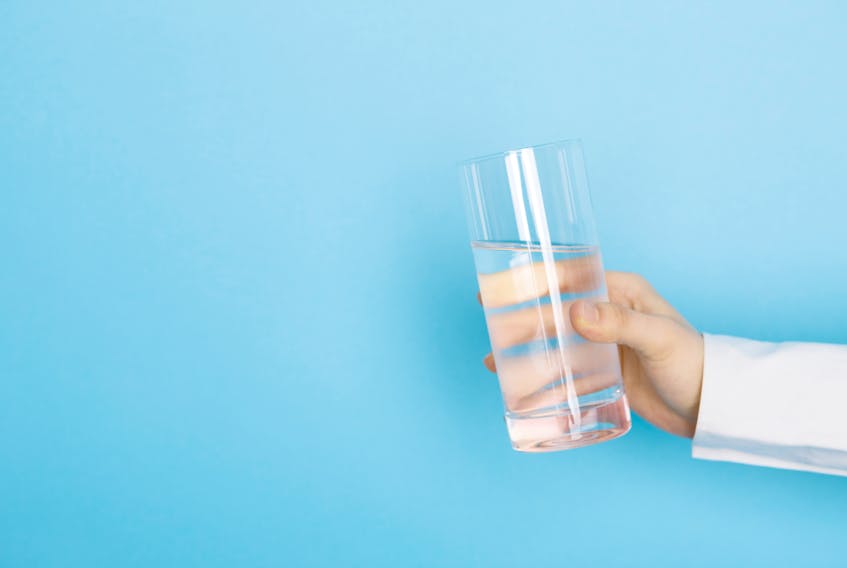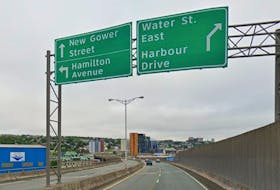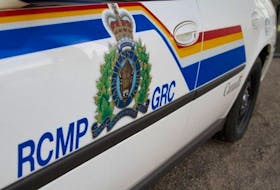The number of communities with disinfection byproduct issues could soon be on the rise right across the country.
It’s not because drinking water supplies or infrastructure are about to somehow all be degraded.
Rather, Health Canada has confirmed it is in the process of reviewing its standard for acceptable levels of chemicals created in drinking water distribution systems when chlorine is used as a disinfectant.
Related stories:
Discontinuation of new water treatment technology led to Milltown mayor's resignation
Newfoundland and Labrador approves drinking water disinfection method that doesn't create THMs
Pasadena, St. Paul’s among the towns grappling with unacceptable THM levels in its drinking water
The chemical reaction between chlorine and natural organic material existing in water sources can create byproducts such as trihalomethanes (THMs) and haloacetic acids (HAAs). Long-term exposure to these byproducts, whether from drinking, inhaling or skin absorption, has been linked to cancer, reproductive issues and other health problems.
In the past week, The Western Star has presented a series of stories about excessive THM and HAA levels detected in several communities throughout Newfoundland and Labrador. It is estimated about 1/3 of the province’s public drinking systems have THM levels that exceed Health Canada’s current standard or are deemed to have HAA levels that are too high.
The latest round of public water supply monitoring conducted by the provincial government indicates 164 of nearly 500 tested water supply sources have excessive THM levels and 158 of them have excessive levels of HAAs.
It should be noted that some communities have more than one water source that is tested.
Health Canada’s current Drinking Water Quality Guidelines for THMs and HAAs were published in 2006 and 2008 respectively. They set the acceptable levels of THMs at 100 micrograms per litre of water and the acceptable levels for HAAs at 80 micrograms per litre of water.
In one of the recent articles, engineering professor Tahir Husain, who has been working on developing technologies to remove these byproducts from water systems, indicated Health Canada was striving towards lowering these standards even further.
Husain said it is likely Canada may lower the accepted levels closer to those in the United States. The American standards, as set by the United States Environmental Protection Agency (EPA), considers 80 micrograms per litre of water the acceptable level for THMs and has set the acceptable levels for HAAs at 60 micrograms per litre of water.
The Western Star requested an interview with officials from the federal agency. No one was made available but, in an emailed reply, Health Canada confirmed it regularly monitors new science and actions taken internationally to develop new drinking water guidelines or to update existing guidelines if needed.
“Health Canada is currently reviewing new research in the area of THMs and HAAs, including the science that informed the U.S. EPA standard,” reads the emailed response from Health Canada. “Once the review is completed, the Federal-Provincial-Territorial Committee on Drinking Water will use this information to determine whether or not updates to the guidelines are required.”
Should the Canadian standard be reduced to meet the American standard, that would add more communities to the list of those who do not meet Health Canada’s acceptable measurements for disinfection byproducts.
According to the latest round of monitoring of public drinking supplies in Newfoundland and Labrador, 27 more water sources would fail to meet the American standard and 33 more water sources would be deemed to have excessive HAA readings under the criteria set south of the border.









